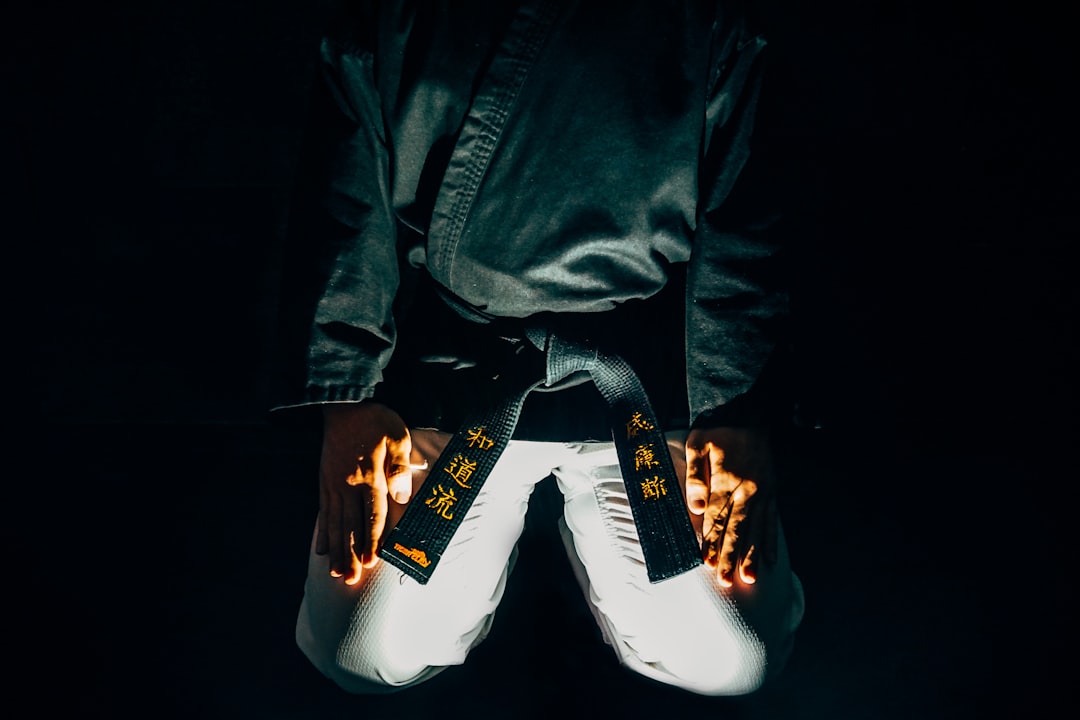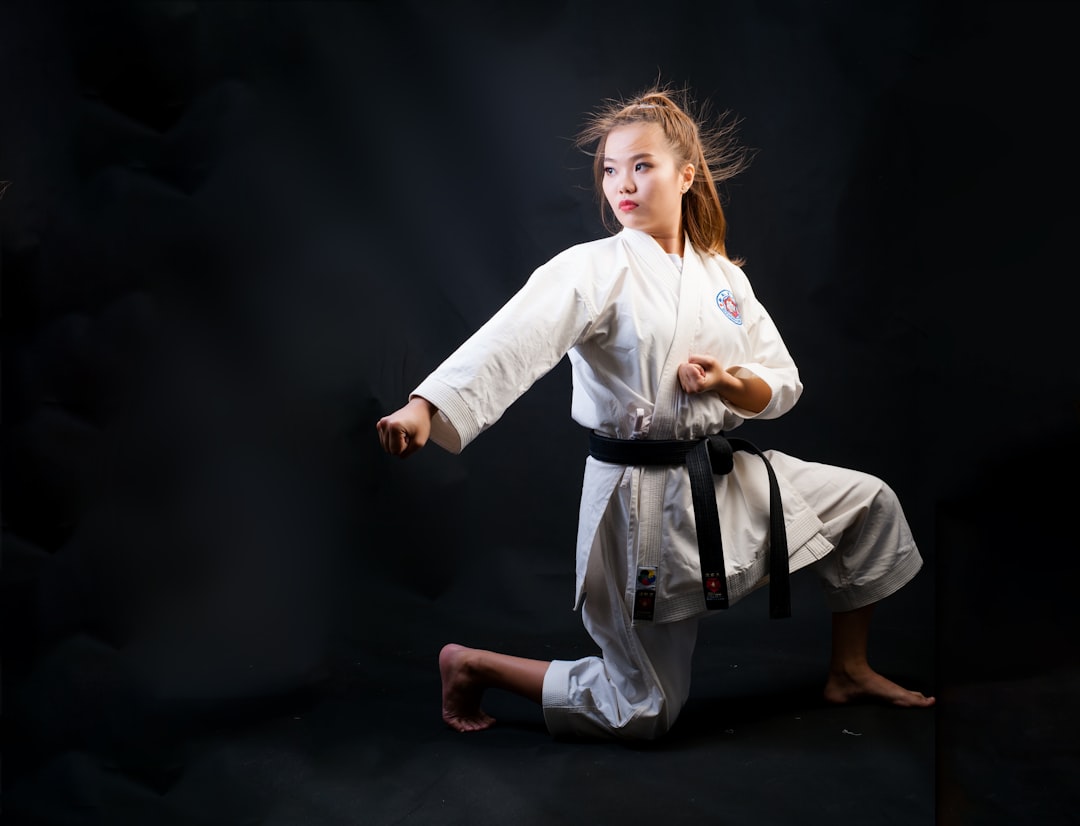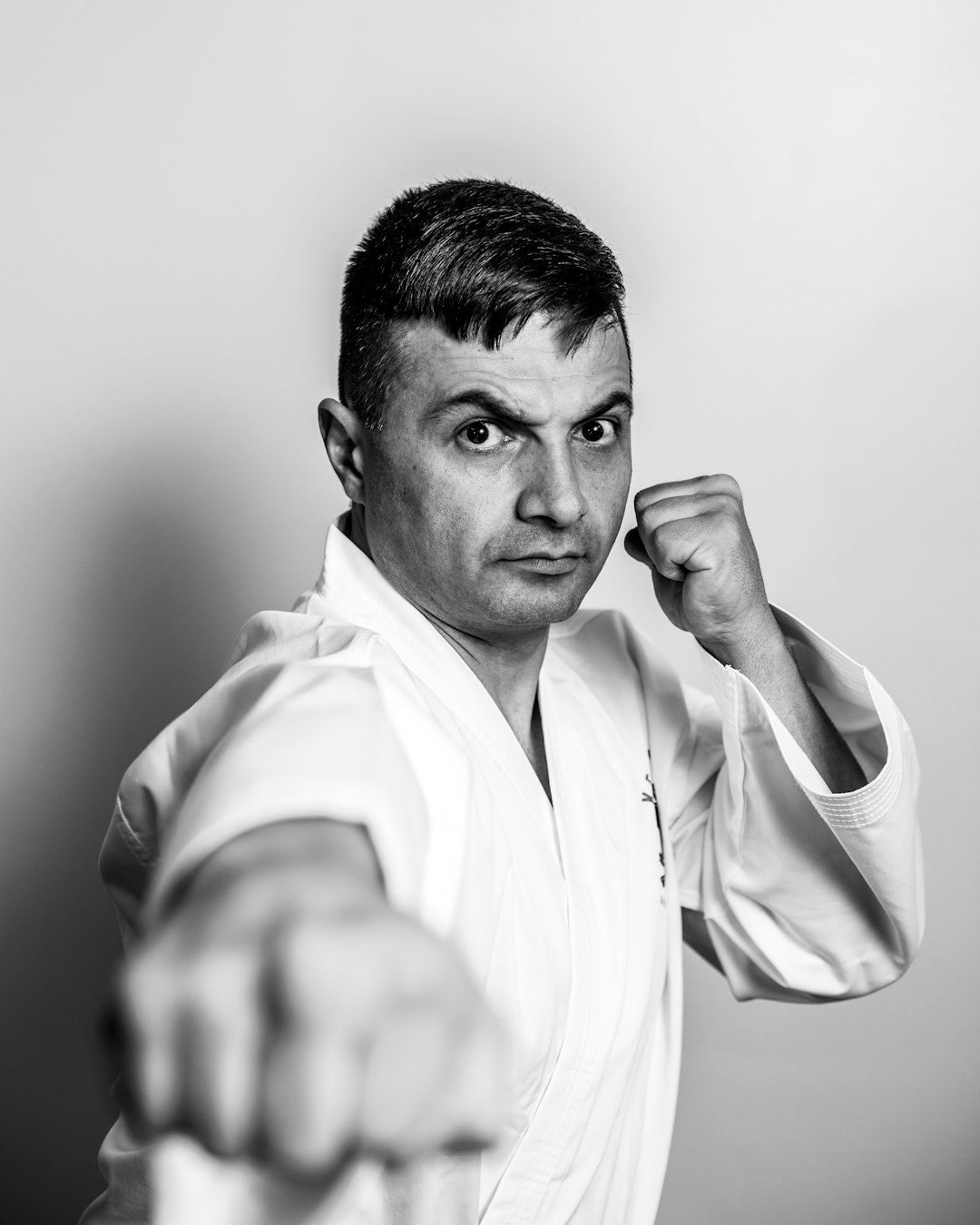The karate outfit, or gi, is more than clothing—it symbolizes cultural heritage, discipline, and tradition within martial arts. Originating from ancient Okinawa, it evolved from simple, flexible folk attire to standardized competition gear. Today's tight-fitting keikogi enhances performance and safety, while preserving the gi's roots in traditional Okinawan clothing that represented respect, discipline, and humility—core values of karate philosophy. Wearing a gi during training sessions honors the rich heritage and cultural roots of karate today.
What Do You Call a Karate Uniform? A Comprehensive Guide to the Tradition and Terminology
Karate, an ancient martial art with roots in Japan, has evolved not only in its techniques but also in its iconic uniform. This guide delves into the rich history and terminology surrounding karate attire, exploring its historical evolution from traditional Japanese gi to modern performance garments. We’ll break down the key components of a standard karate outfit, dissect different types of karate gis, and uncover the symbolic meaning behind the belt colors that signify skill levels in this disciplined martial art.
- # What Do You Call a Karate Uniform? A Comprehensive Guide to the Tradition and Terminology
- The Historical Evolution of Karate Attire
- – Explore the origins of karate clothing and its cultural significance.
- – Discuss traditional Japanese gi (kimono-like garments) and their role in ancient martial arts.
# What Do You Call a Karate Uniform? A Comprehensive Guide to the Tradition and Terminology

In the realm of martial arts, the attire worn by practitioners is more than just clothing; it carries cultural significance and practical purpose. So, what do you call a karate uniform? Often referred to as a dobok or gi, these garments are integral to the art of karate. The term ‘dobok’ originated from Japanese, combining ‘do’ (the way) and ‘bok’ (clothing), reflecting the discipline and tradition embodied in the suit. This specific design is tailored for freedom of movement, allowing practitioners to execute complex techniques with ease.
The alternative name, ‘gi’, has its roots in traditional Japanese attire used in various martial arts, including karate. It refers to unlined cotton garments that provide comfort and breathability during intense training sessions. Whether called dobok or gi, these uniforms are not merely fashion statements; they represent the commitment, dedication, and respect of those who wear them. Understanding the terminology behind the karate outfit calls for an appreciation of its historical context and the discipline it signifies.
The Historical Evolution of Karate Attire

The historical evolution of karate attire, or what we now commonly refer to as a karate outfit, has been influenced by various cultural and practical factors. Traditional karate gear dates back to ancient Okinawa, where the martial art originated. The early practitioners wore simple clothing that allowed for ease of movement and protection during intense training sessions. This often consisted of an oversized cotton shirt, known as a “sune-zaka” or “karate gi,” and loose pants, providing comfort and flexibility.
Over time, as karate gained popularity in Japan and worldwide, the attire evolved to meet the growing demand for standardized equipment. The modern karate outfit, characterized by its distinct cut and construction, was developed to enhance performance and safety during competitions. The tight-fitting design of today’s gi, or “keikogi,” ensures freedom of movement while providing a secure grip for various techniques, such as throws and joint locks. This historical transformation from simple folk attire to specialized karate outfits has played a significant role in shaping the discipline and practice of this martial art worldwide.
– Explore the origins of karate clothing and its cultural significance.

The origins of karate clothing can be traced back to the traditional garb worn by Okinawans, the indigenous people of Okinawa, Japan. In ancient times, this island chain had a unique cultural identity distinct from mainland Japan, and their martial arts practices were no exception. The traditional karate outfit, known as a gi (or keikogi), evolved from everyday clothing, reflecting the practical needs of Okinawan farmers and laborers. Made from lightweight cotton, it consisted of an open-collared shirt and pants secured by belts, allowing for ease of movement during intense physical training and sparring sessions.
This humble attire carried cultural significance beyond its functional purpose. The gi represented respect, discipline, and humility, values deeply ingrained in traditional karate philosophy. As karate gained popularity worldwide, the karate outfit, or gi, became a symbol of this martial art’s rich heritage and spiritual dimensions. Today, wearing the gi during training sessions is not just a tradition but a way to honor the history and cultural roots of karate itself.
– Discuss traditional Japanese gi (kimono-like garments) and their role in ancient martial arts.

In traditional Japanese martial arts, including karate, the attire worn by practitioners is known as a gi. This garment, reminiscent of a kimono in structure, serves more than just an aesthetic purpose; it plays a pivotal role in the art and philosophy of these ancient practices. The gi is designed to be lightweight yet durable, allowing for unrestricted movement while also providing protection during intense training sessions and competitions?
Unlike modern karate outfits that are often made from synthetic materials, the traditional gi is crafted from cotton or linen, offering breathability and comfort. This attire is more than just a uniform; it symbolizes respect, discipline, and the spirit of the martial artist. Wearing the gi is a statement of one’s commitment to the path of karate, embodying the values of humility, perseverance, and honor that are core to this disciplined art form?
The karate uniform, often referred to as a gi or karate gi, is more than just attire; it symbolizes tradition, discipline, and respect within the martial arts community. This ancient Japanese garment has evolved over time, reflecting the historical and cultural significance of karate itself. Understanding the terminology and background behind this unique karate outfit called a gi deepens our appreciation for the rich heritage of martial arts and their global impact.
